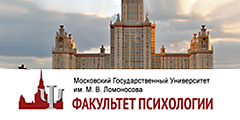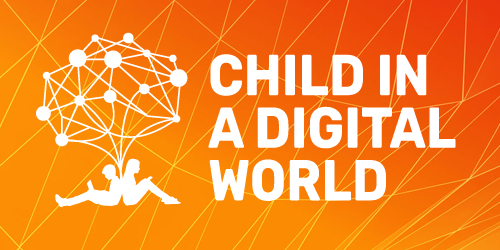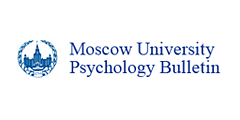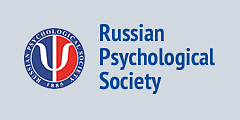Psychology in Russia: State of the Art, Moscow: Russian Psychological Society, Lomonosov Moscow State University, 2022, 1

2022
Volume 15 (01)
Volume 15 (01)
Organizational psychology
-
Working Remotely During the COVID-19 Pandemic: Work-Related Psychosocial Factors, Work Satisfaction, and Job Performance Among Russian EmployeesPDF HTML9453“ CITE
Toscano, F., Bigliardi, E., Polevaya, M.V., Kamneva, E.V., Zappalà, S. (2022). Working Remotely During the COVID-19 Pandemic: Work-Related Psychosocial Factors, Work Satisfaction, and Job Performance Among Russian Employees. Psychology in Russia: State of the Art, 15(1), 3–19. DOI: 10.11621/pir.2022.0101
copied
-
The Psychological Space of Professionals’ Trust and Distrust in Socio-Technical Systems
Clinical psychology
-
The Relationship between FFMQ Mindfulness and Harmony in Life among Patients with Celiac Disease
Social psychology
-
Differences in Attitudes toward Mental Health among Boys from Religious and Non-religious Families Experiencing Religious and Secular Education
-
Fake News through the Eyes of Three Generations of Russians: Differences and Similarities in Social Representations
-
Trends in the Study of Cultural-historical Phenomena on the Internet (based on a study of Russians’ attitudes towards money)
Psychometrics
-
New Psychometric Evidence of a Bifactor Structure of the Emotional Regulation Questionnaire (ERQ) in Ecuadorian College StudentsPDF HTML5160“ CITE
Moreta-Herrera, R., Perdomo-Pérez, M., Vaca-Quintana, D., Sánchez-Vélez, H., Camacho-Bonilla, P., Vásquez de la Bandera, F., Dominguez-Lara, S., Caycho-Rodríguez, T. (2022). New Psychometric Evidence of a Bifactor Structure of the Emotional Regulation Questionnaire (ERQ) in Ecuadorian College Students. Psychology in Russia: State of the Art, 15(1), 120–134. DOI: 10.11621/pir.2022.0108
copied
-
Translation, Adaptation, and Validation of a Multitasking Instrument in the Context of Collectivist Asian Culture
Personality psychology
-
The Role of Valence and Uniqueness of Emotions in the Context of Infrahumanization Theory









